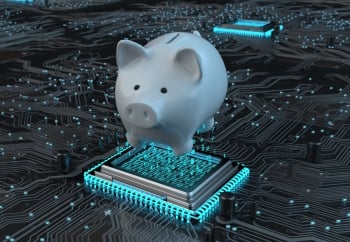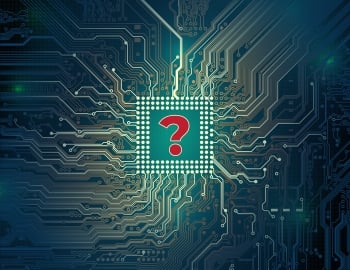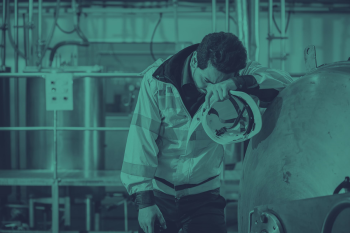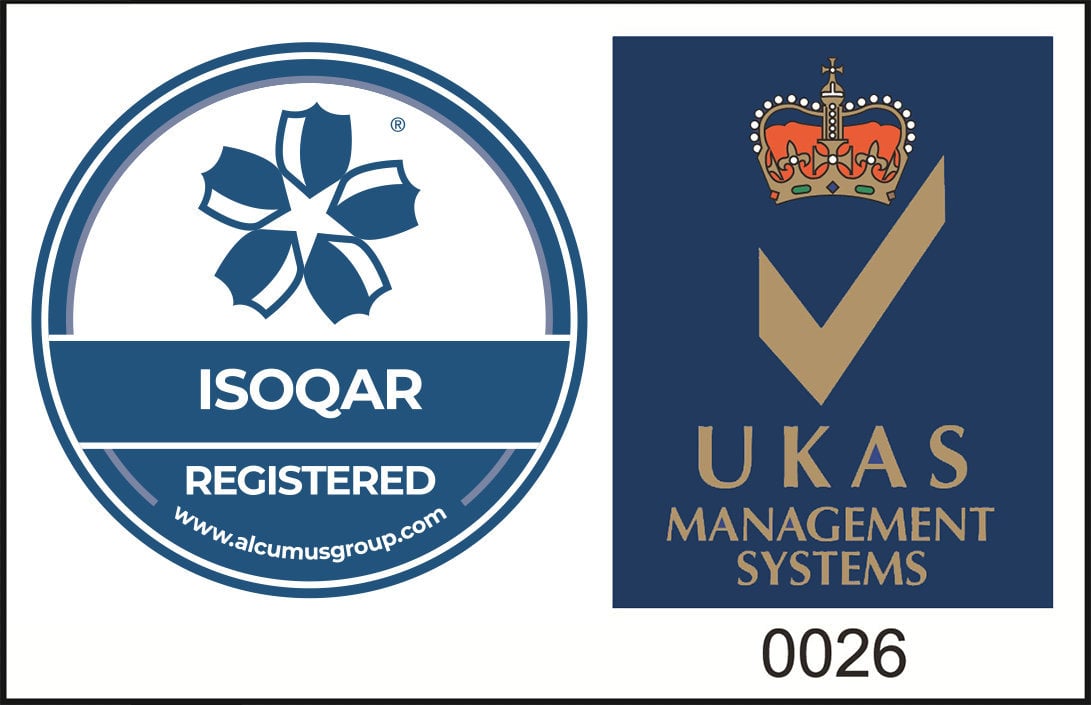
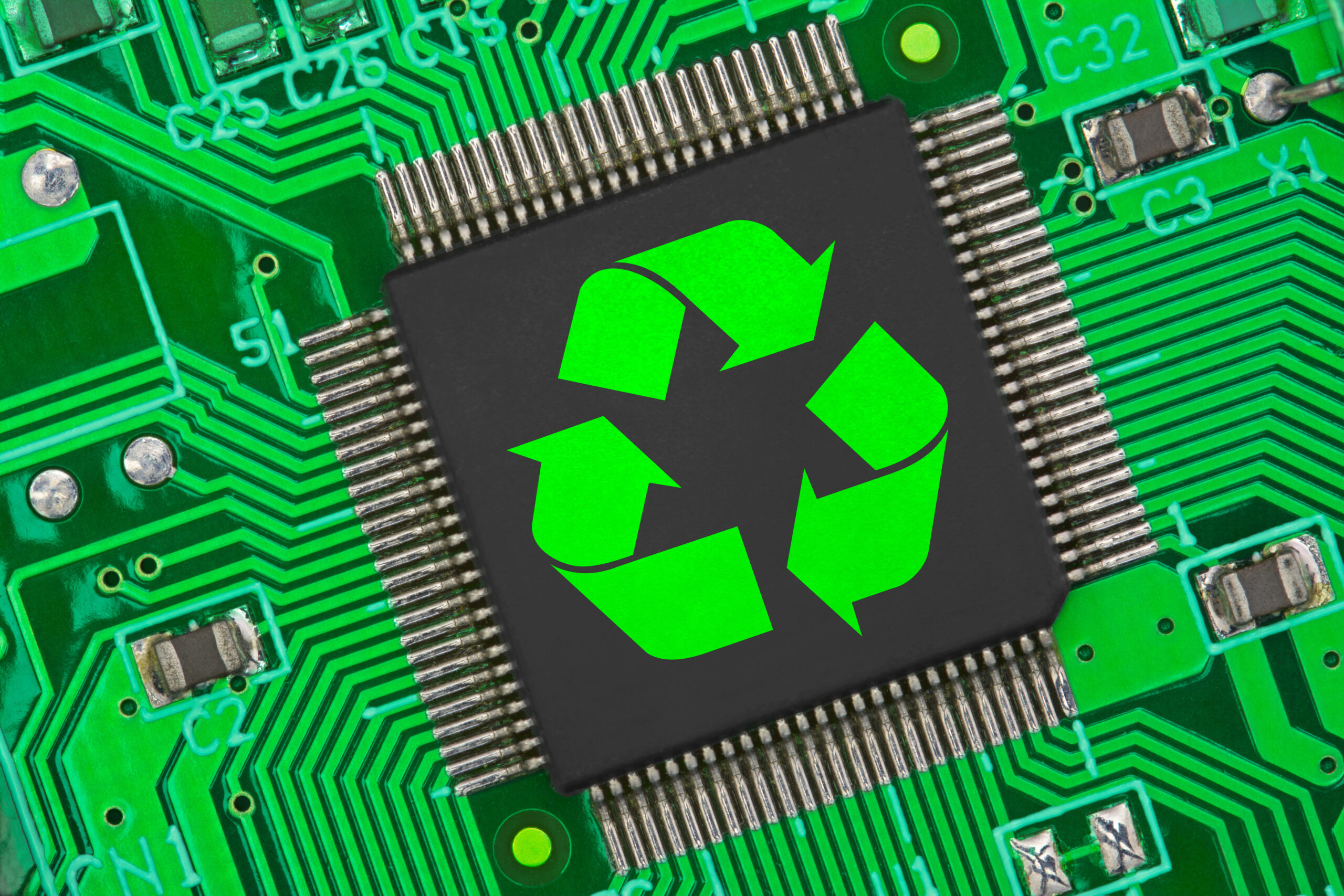
Electronic Recycling and The Circular Economy: How Can You Close The Loop?
Published: 19/08/2022
Electronic Recycling and The Circular Economy: How Can You Close The Loop?
Electronics have had an increasingly large part to play in modern society, from consumer devices to electrically powered manufacturing equipment. With technology exponentially advancing, the discarding of used electronics is on an upwards trajectory while electronic recycling plummets. Granted, progression is essential to continuous improvement, however this does call into question the sustainability of resources. With the depletion of raw materials, how can we manufacture these shiny new electronics?
Let us introduce you to the circular economy, its financially restorative attributes and how by closing the loop, we can take a combative stance against e-waste and continue to witness the evolution of industrial electronics.
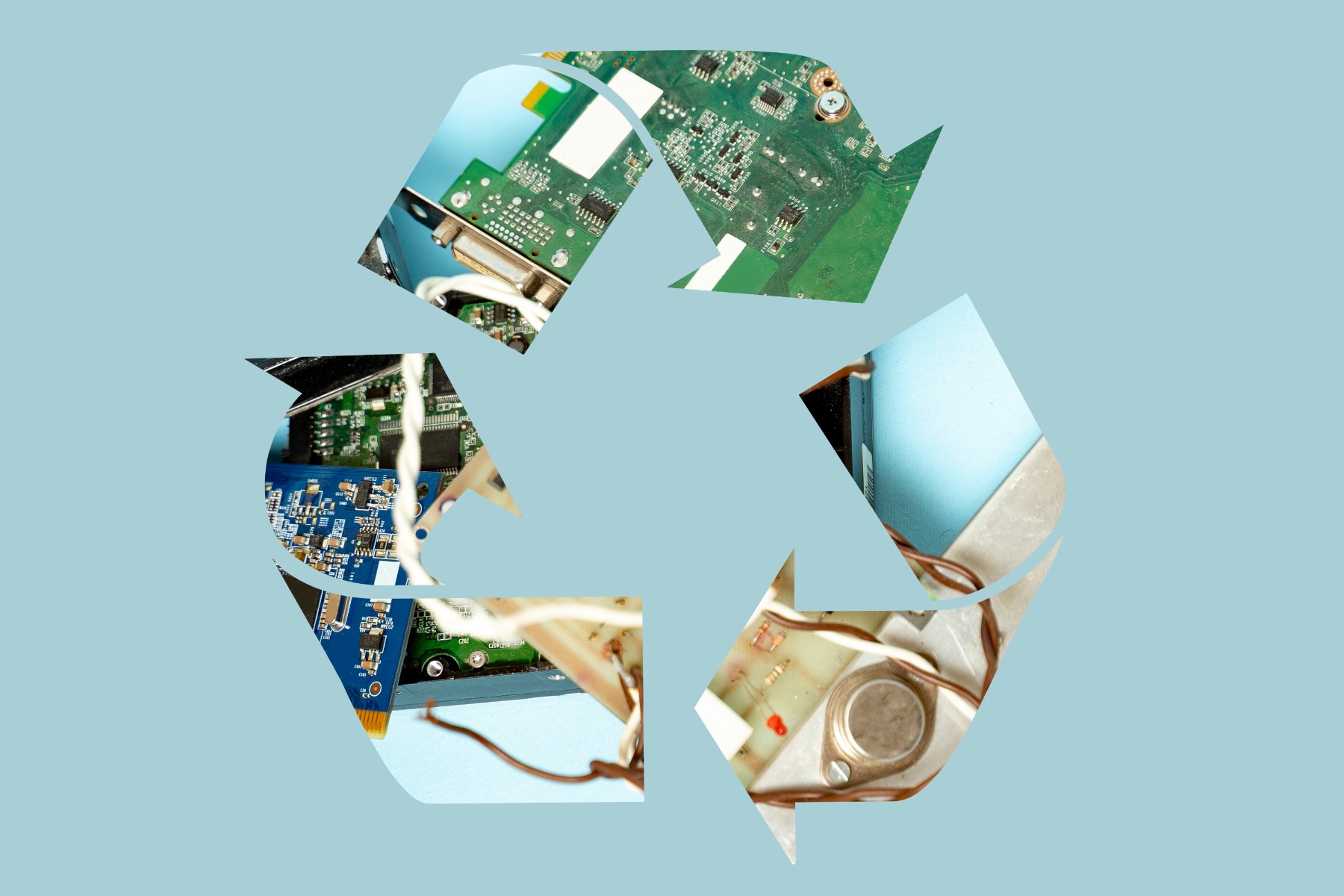
What is e-waste and why is a linear approach so damaging?
In the European Union, less than 40% of all electrical waste produced is recycled. This figure covers everything from that defective washing machine rattling away in your utility room to worn out manufacturing components. From this, we can conclude that this linear economy whereby we take, make and discard is increasing levels of waste and adding to the excessive consumption of raw resources. Extracting raw materials means availability is decreasing, demand is rising and the magnitude of the situation is likely to negatively impact your bottom line due to the premium prices attached to those essential resources.
Adopting a linear approach for electronics adds unnecessary hurdles in the path of technological progression. With no materials, innovative ideas cannot advance from conceptualisation to reality.
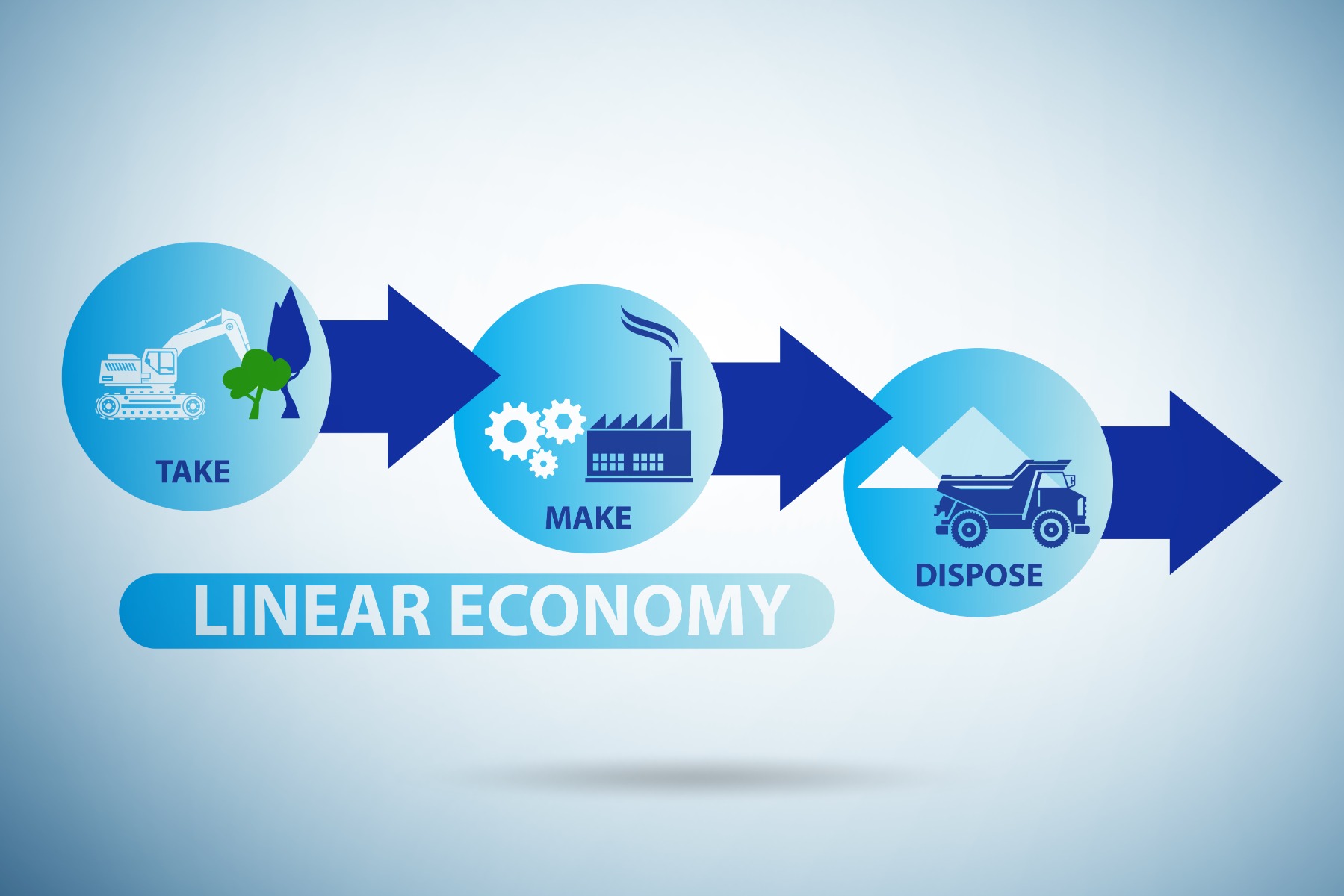
How can the circular economy and electronic recycling transform electronics manufacturing?
In contrast with the linear economy where extracting resources is commonplace, manufacturers create the electrical device and subsequently dispose of it, a circular economy connects the beginning and the end. This approach means that we must analyse each stage of the product life cycle from creation to disposal. Employing this process allows us to recycle and reuse elements of each electrical product and effectively repurpose those materials. The circularity of electronics manufacturing means less raw materials are plundered from the planet. Therefore, the availability of said materials regains stability, you avoid surcharges and the manufacturing of advanced technology is able to continue. For the circular economy to function, manufacturers must consider recyclability from the very beginning and a process for recollecting and redistributing used electronics must be in situ.

“Circularity principles need to be implemented throughout all stages of a value chain to make the circular economy a success. Stimulating new innovative business models will in turn create the new economic growth and job opportunities Europe will need to recover.”
Jan Huitema, Dutch Renew Europe Member
If you adopt circularity, you will save time and money which would otherwise be spent on raw material collection. However, the benefits don’t end there. In the technology field, innovation is the key to diversifying from competitors and overall progression. Recycling electronics not only opens up new revenue streams and provides the potential for new product development but also enhances your sustainability status as a whole.
Now in an era of Industry 4.0, sensors communicate with automated machinery, relaying crucial data back to a HMI. Otherwise known as a human machine interface, these devices allow employees to visually interpret the information. This information allows for the monitoring of manufacturing operations. Therefore, we can collect data across the entire supply chain, a valuable tool for waste management, helping you to reduce your e-waste through operational optimisation.
How can we help you to close the loop?
How do you benefit?
Potentially hazardous components lurk within electrical parts. Whether it be mercury or lead, both can leak from circuit boards or monitors and pollute the environment. Knowing the dangers, laws are in place to ensure the safe disposal of these electrical parts. With the Waste Electrical and Electronic Equipment (WEEE) regulations electronic recycling is now a costly affair.
Selling unwanted automation parts means that you can avoid those nasty charges wired into waste collection. Our team does all the heavy lifting and pays you for the privilege. Basically, you recuperate a final return on investment while doing your bit for the environment. All you have to do is send us your list of electrical parts, accept the offer and wait for us to collect the goods. Transforming your surplus inventory into easy money really is that simple.
What’s in it for us and why do we want your parts?
Buying your spares enables us to continue supporting users of obsolete automation equipment. Are you treating your automated process to an electrical upgrade? Perhaps the part has failed and you don’t want to encounter those disposal fees? Don’t worry, we buy parts from across the world. We fix and re-home them, saving your electronics from meeting their fate on the scrapheap.
How do we do this?
- Once we receive the part, our engineers replace the broken components and rebuild it to its former glory
- We restore the unit to its original factory settings and your data remains completely out of the picture
- The part undergoes a thorough test at our repair facility and run at maximum capacity to ensure 100% functionality
- Our team then introduce the part to its new owner, sent on its way with a two year warranty, so the wheels of the circular economy can continue to turn
Are you ready to embrace electronic recycling and a circular economy?
From drives and programmable logic controllers to human machine interfaces and industrial computers of any brand, click here for a complete list of all the automation parts we will buy.
If any of the above are collecting dust in a corner of your warehouse, we will take them off your hands. and replace them with cold hard cash.
Want to find out more?
If you'd like to learn more, click the button below and one of our helpful friendly team will be in touch. Alternately you can reach us by phone on +44 800 234 3747
Share this article

























